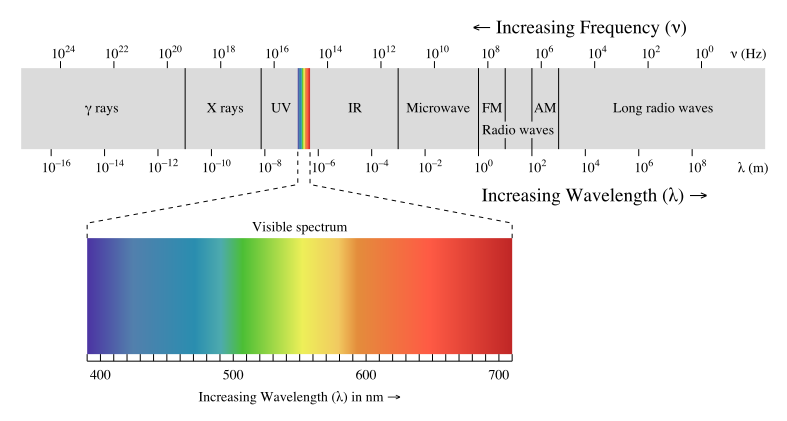The small field found at the wide range of frequencies of electromagnetic radiation is called visible light. It can be discerned by the naked eye and has wavelengths measured to be from 780 nanometers to 390 nanometers. Each wavelength has a particular color and when that specific wavelength hits one’s eyes, one perceives or identifies the color of that wavelength. For instance, what makes a green leaf green is because of the specific wavelength of the visible light coming from the leaf.
Visible light is comprised of different colors. They are the colors found in the rainbow. When the light that comes from the sun hits water, it reflects the different colors or wavelengths. This separation of the visible light into various colors is known as dispersion. These colors are red, orange, yellow, green, blue, and violet. Red is the longest wavelength while violet is the shortest one.
There are gadgets and devices made for people to comprehend and appreciate the concept and qualities of visible light. These devices are prisms, mirror, spectrometers, lenses and diffraction gratings. When you allow light to pass through a prism, you will see it being separated into the different wavelengths or colors it possesses.
Without visible light, things or objects cannot be illuminated and we will not be able to see and appreciate them. We will not distinguish the colors that add beauty to a certain thing. The source of the visible light is the sun. When you see white light, you do not see one specific color but actually a combination of the different colors mixed together.

